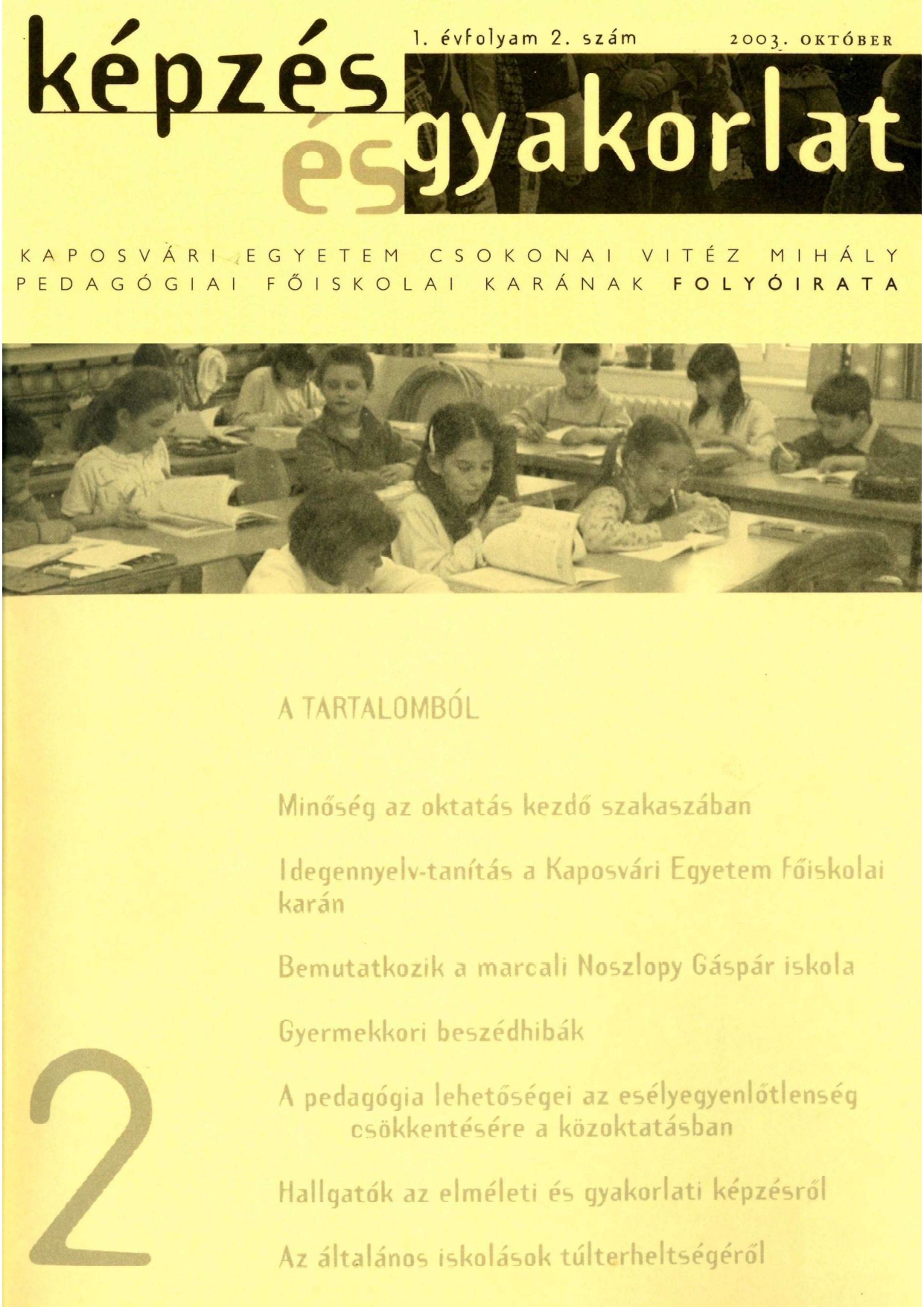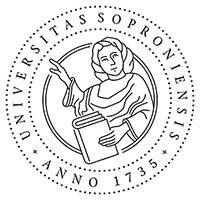Gyermekkori beszédhibák
A korai dadogás
References
Berlin, C. I., (1960): Parents' diagnoses of stuttering. J. Speech Hearing Res., 3, 372-379. doi: https://doi.org/10.1044/jshr.0304.372
Bloodstein, O. (1960): The development of stuttering: II. Developmental phases. J. Speech Hearing Dis., 25, 219–237. doi: https://doi.org/10.1044/jshd.2503.219
Curran, M. F., and Hood, S. B., (1977): The effects of instructional bias on listener ratings of specific disfluency types in children. J. Fluency Dis., 2, 99-107. doi: https://doi.org/10.1016/0094-730X(77)90013-4
Davis, D. M., (1939, 1940): The relation of repetitions in the speech of young children to certain measures oflanguage maturity and situational factors-. Part I. J. Speech Dis.,4, 303–318. Parts II. and III. J. Speech Dis., 5, 235–246. doi: https://doi.org/10.1044/jshd.0503.235
Gately, W. G., (1967): The effects of generalized anxiety on listeners’ responses to dysfluent speech. Speech Monogr., 34, 302–303. Abstract.
Giolas, T. G., and Williams, D. E., (1958): Children’s reactions to nonfluencies in aduit speech. J. Speech Hearing Res., 1, 86–93. doi: https://doi.org/10.1044/jshr.0101.86
Johnson, W., Young, M. A., Sahs, A. L. and Bedell, G. N., (1959) Effects of hyperventilation and teteany on the speech fluency of stutterers and nonstutterers. J. Speech Hearing Rés., 2, 203-215. doi: https://doi.org/10.1044/jshr.0203.203
Johnson, W., Young, M. A., Sash, A. L. and Bedell, G. N., (1959) Effects of hyperventilation and teteany on the speech fluency of stutterers and nonstutterers. J. Speech Hearing Res., 2, 212–214. doi: https://doi.org/10.1044/jshr.0203.203
MacDonald, J. D., and Martin, R. R,(1973): Stuttering and disfluency as two reliable and unambiguous response classes. J. Speech. Hearing Res., 16, 691-699. doi: https://doi.org/10.1044/jshr.1604.691
Mérei, V. és Vinczéné Bíró, E. (1984): Dadogás I. (Etiológia és tünettan) Kézirat. Tankönyvkiadó, Budapest, 1984.
Sander, E. K. (1968): Interrelations among the responses of mothers to a child's disfluencies. Speech Monogr., 35, 187-195. doi: https://doi.org/10.1080/03637756809375581
Stromsta, C., (1965): A spectrographic study of disfluencies labeled as stuttering by parents. De Therapia Vociset Loquelae. Vol. 1, XIII. Congr. Int. Soc. Logoped. Phoniat.
Tuthill, C.,(1940): A qvantitative study of extensional meaning with special reference to stuttering. J. Speech Dis., 5, 189-191. doi: https://doi.org/10.1044/jshd.0502.189
Wendall, R. W. and Colé, J., (1961): identification of stuttering during relatively fluent speech. J. Speech Hearing Res., 119, 603–604.
Westby, C. E. (1979): Language performance of stuttering and nonstuttering children. J.Communic. Dis., 12, 133–145. doi: https://doi.org/10.1016/0021-9924(79)90036-4
Williams, D. E., and Kent, L. R., (1958): Listener evaluations of speech interruptions. J. Speech Hearing Res., 1, 124-131. doi: https://doi.org/10.1044/jshr.0102.124
Downloads
Published
Issue
Section
License
Copyright (c) 2003 Lajos Péter

This work is licensed under a Creative Commons Attribution-NonCommercial-NoDerivatives 4.0 International License.








